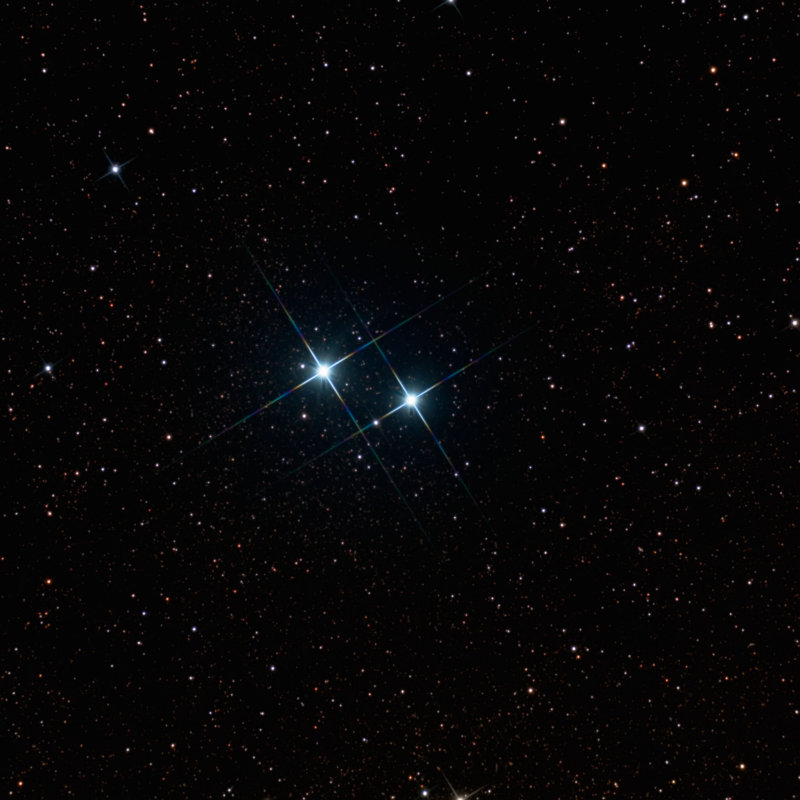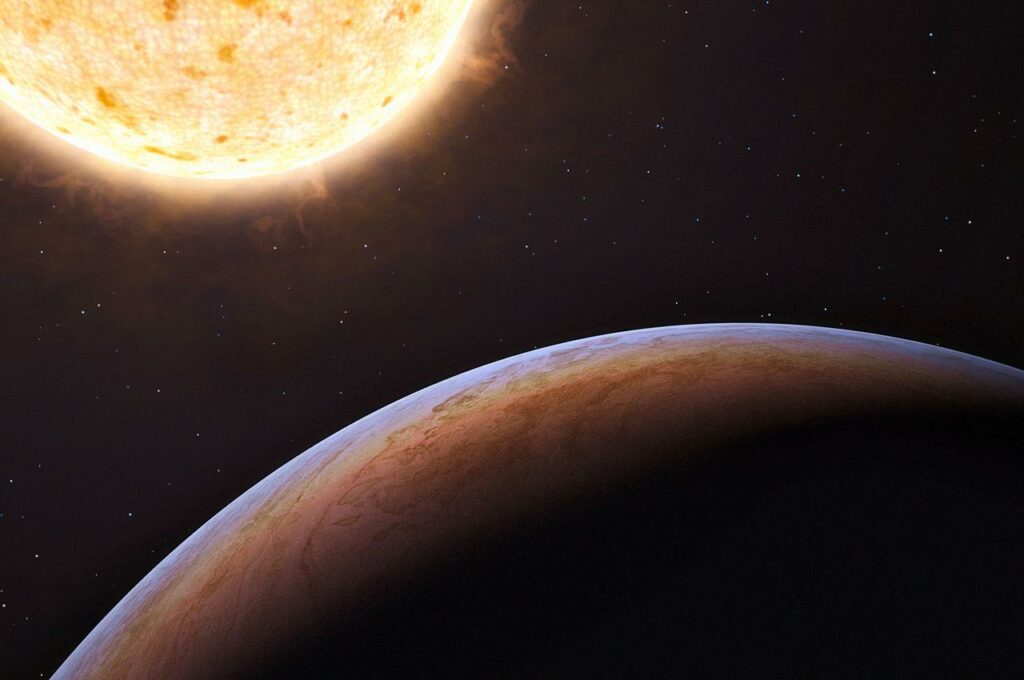An international team of astronomers has announced the discovery of two companions in a star of spectral class B. In the future, this luminary will turn into a supernova.
Exoplanets Near Giant Stars
Almost all exoplanets discovered to date orbit either red dwarfs or sun-like luminaries. But what about giant stars? Until recently, astronomers were not aware of exoplanets near luminaries that would end their lives with a supernova explosion. This raised the logical question of whether this was a reflection of the true picture of affairs, or whether the whole thing was due to an insufficiently broad observational sample. A recent discovery by an international team of astronomers suggests that the second option is more consistent with the truth.

During the BEAST (B-Star Exoplanet Abundance STudy) project, researchers found traces of two companions in the young star µ2 Scorpio. It is located at a distance of 470 light years from Earth and is part of the Scorpio-Centauri stellar association. The mass of the luminary exceeds the mass of our Sun by nine times. When a star runs out of hydrogen fuel, its core collapses to form a neutron star or black hole.
As a result of observations of µ2 Scorpio, astronomers managed to record infrared radiation, the source of which is the companions of the star. The existence of one of them has been confirmed during independent observations, the second is still awaiting confirmation. The mass of the first object exceeds the mass of Jupiter by 14 times, the second by 18.5 times. Thus, they are on the verge between giant gas planets and brown dwarfs.
Models of Exoplanet Formation
Regardless of the exact nature of the companions of the µ2 Scorpion, this is the first such find in a future supernova. The discovery may also play an important role in improving understanding of the processes leading to the formation of exoplanets. The accretion model assumes that exoplanets are formed as a result of the gradual accretion of dust into the planetary core. However, this process takes millions of years and is impossible near massive stars, whose radiation quickly scatters protoplanetary disks.

The competing scenario of gravitational instability assumes a much faster process of formation of exoplanets, which occurs as a result of the collapse of the protoplanetary disk, resulting in the formation of embryos of future planets. However, the companions of µ2 Scorpio are too massive, and do not fit into the current models of gravitational instability. So it is possible that according to the results of the discovery, astronomers will have to update their models.
Earlier we talked about how astronomers can use the Sun to photograph exoplanets.
According to https://phys.org
Follow us on Twitter to get the most interesting space news in time
https://twitter.com/ust_magazine

